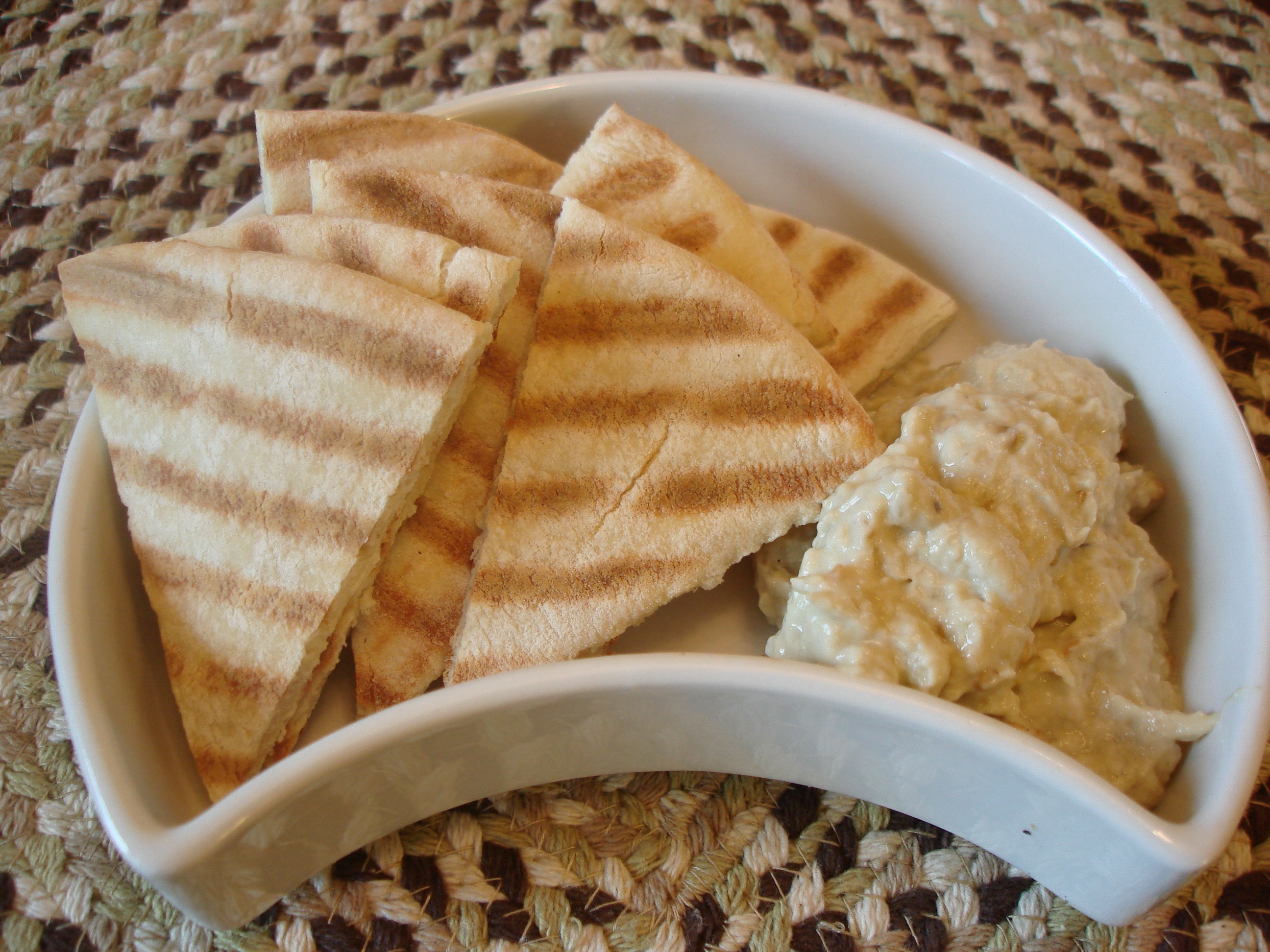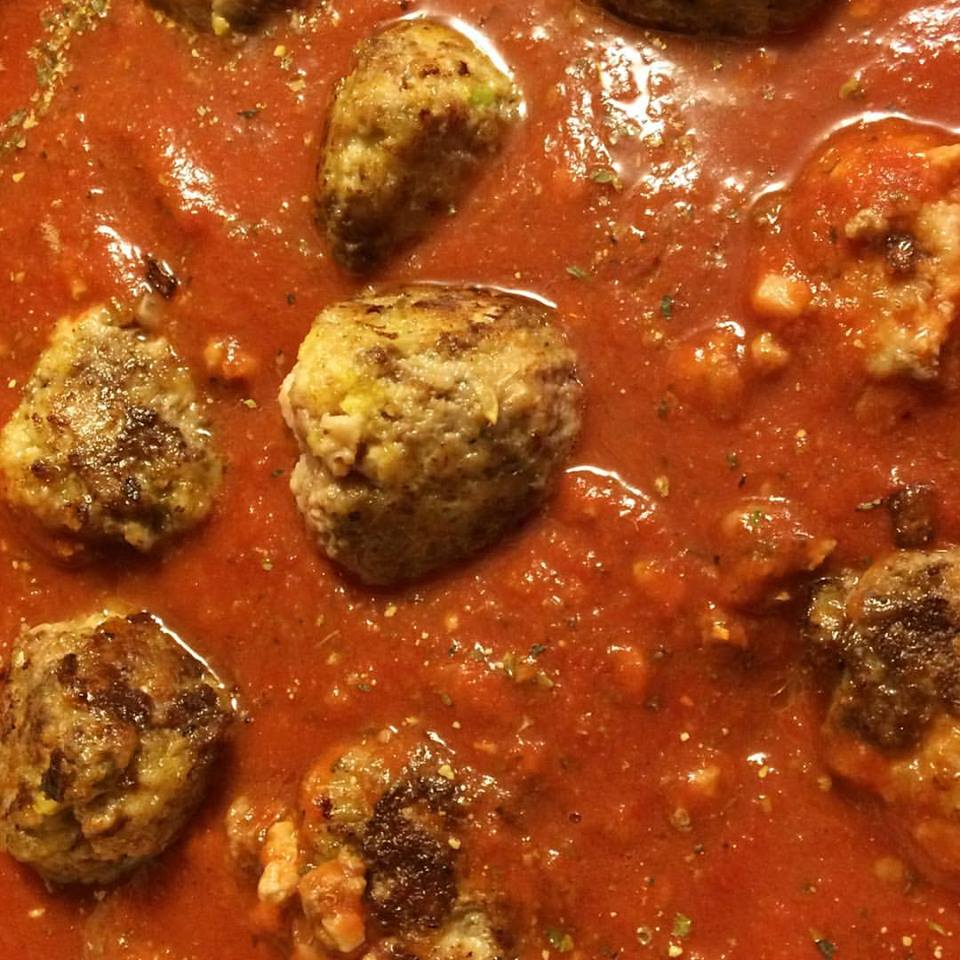
Have you ever wondered why some foods get renamed because their original name is unappetizing? Is there some chef rulebook that rates name perception?
It is one of those things I think about as I become a more adventurous eater. I speculate if I should actually ask what I’m eating or am I better off in the dark. (The dark is normally a VERY scary place except in the culinary world.)
Let’s take sweetbreads for example. It really is one of the best compound words ever! How can you go wrong with a meal that incorporates “sweet” and “bread?” But don’t be fooled, my faithful readers. You are about to pop some nicely seasoned thymus gland or pancreas in your mouth.
How about escargot and foie gras? Give snails and fattened goose or duck livers a snazzy French name and you are all set. This is an area where the French reign supreme in the food world! They can get us to eat about anything. Unlike the English who thought pudding with dried fruit would sound more appetizing as “spotted dick.” (Sorry English readers, but you have to admit the name is a bit silly.)
I started thinking about food names when I ate baba ganoush in a local restaurant. Could there be something less than desirable in this dish? Paranoia was settling in and my appetizer was becoming less appealing.
After reading some recipes, I was relieved that baba ganoush was nothing but roasted eggplant and tahini paste. (Tahini paste isn’t a disguised food either. It is a paste of ground sesame seeds.) Apparently “baba ganoush” is derived from an Arabic word and it isn’t as ominous as it sounds. It is a pretty simple dish but it has some lovely complex flavors that are worthy of all of the syllables in its name!
| MVB (Most Valuable Baba ganoush) |
- 1 pound eggplant
- 2 cloves garlic, minced
- A sprinkle of salt
- 2 TBsp Tahini (You may want a smidge more)
- 1.5 Tbsp Fresh Lemon Juice
- Parsley (about a 2-3 Tablespoons)
- Eggplant preparation, roast or grill. You can oven roast the eggplant (prick it first) at 450 degrees for about 20 minutes or until tender. Or you can grill it like you would grill a red pepper. Move it around the grill until it is charred.
- When it is finished cooking, let it cool a little bit so you can handle it and so the juices settle.
- Cut the eggplant lengthwise and scoop out the pulp and place it in a food processor.
- Chop it up until it is smooth and set aside.
- In a separate bowl, mix garlic and salt until it resembles a paste. (I use a salt grinder and usually add two grinds, which is less than ¼ of a teaspoon.)
- Add tahini and lemon juice. Mix it all in with the eggplant.
- Taste for seasoning. I really love the flavor of tahini so I add a scant more than the recipe. Stir in the parsley.
- Please note that I COMPLETELY forgot to add my parsley in picture example above. Your babaganoush should have some lovely flecks of green to accompany the semi-drab look of the dip.
- Serve with pita.
The lesson I learned in all of this is that the name of the food really shouldn’t matter as long as it tastes good. Maybe chefs should just call foods by their rightful names so diners don’t become suspicious every time we read a menu. If not, no one will ever order a “pu pu platter.”



Sounds delish. The Italians have a version called meletzano and I have made it several times, but never baba ganoush. Made the Thai basil tonight and it was delish. Thanks for lunch–it was nearly as good as your company.
So funny and true about the sweetbreads.
Actually, the crazier the name, the more our kids seemed to buy into new foods. I never could have gotten them to be excited about vegetable stew, but they all wanted to eat ratatouille and would ask for it by name, lol. And that was before the movie.
Same for baba ganouche….
I had a good time too except you made me crave Asian food and we ended up getting take-out for dinner!!
Now if we need to come up with a better name for meatloaf!!!
Here’s some others:
Chitlins = Pig Intestines
Lamb Fries = Lamb Testicles
Rocky Mountain Oysters = Bull Testicles
Thank you Striped Tiger.